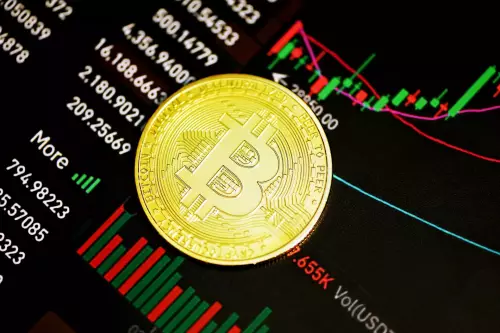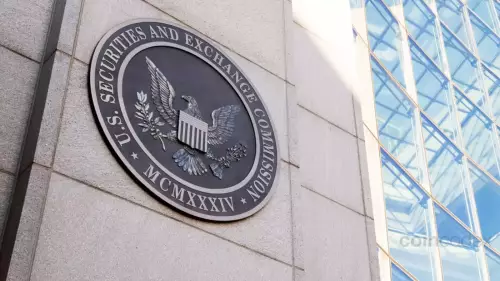 |
|
 |
|
 |
|
 |
|
 |
|
 |
|
 |
|
 |
|
 |
|
 |
|
 |
|
 |
|
 |
|
 |
|
 |
|

The price of Pi Network (PI) has continued to consolidate since the first week of April, as demand from investors remains low.
Pi Coin (PI) was trading at $0.60 on Monday, much lower than its all-time high of $3. It has erased over $9 billion in value, with its market cap falling from over $13 billion to $4 billion.
The coin has floundered as investor interest remains thin. CoinGecko data shows that daily trading volume has dropped from over $800 million shortly after its mainnet launch to just $42 million today.
This decline in demand comes as Pi Network's circulating supply continues to rise. PiScan data shows that the network will unlock 231 million Pi tokens this month, with an additional 222 million scheduled for June. Over the next 12 months, more than 1.4 billion tokens, valued at approximately $853 million, will come online.
Rising token supply in a low-demand environment typically leads to a depressed price, especially in the absence of major catalysts like new exchange listings or key partnerships.
Pi Network has also struggled due to weak traction among its ecosystem applications. Meanwhile, the broader crypto market remains dominated by applications on blockchains like Ethereum (ETH) and Solana (SOL).
Pi Network price forecast: Wyckoff Theory points to a surge
The eight-hour chart shows that the Pi Coin price has remained in a tight range since early April. This consolidation has coincided with a sharp decline in trading volume.
This price action suggests the coin has entered the accumulation phase of the Wyckoff Theory, which outlines four stages in an asset's price cycle: accumulation, markup, distribution, and markdown. The accumulation phase is typically marked by low volume and sideways movement.
The theory explains the four stages that assets go through: accumulation, markup, distribution, and markdown. The accumulation phase is characterized by low volume and sideways movements.
This is often followed by the markup phase, when prices spike due to a fear of missing out among traders. A catalyst such as an exchange listing could trigger this next phase.
Fortunately, the coin will likely be listed by at least one exchange this month. HTX, the exchange affiliated with Justin Sun, has sent several X posts, implying that a listing will happen.
Tokens often surge when listed by top-tier exchanges. The most recent example was Orca (ORCA), whose price soared by over 200% after its Upbit listing. As a more popular coin, Pi Network would likely have a bigger jump if a top exchange listed it.
The initial target for the Pi Network price will be the psychological point at $1, followed by the key resistance at $1.80, the highest swing on March 13.
免責事項:info@kdj.com
提供される情報は取引に関するアドバイスではありません。 kdj.com は、この記事で提供される情報に基づいて行われた投資に対して一切の責任を負いません。暗号通貨は変動性が高いため、十分な調査を行った上で慎重に投資することを強くお勧めします。
このウェブサイトで使用されているコンテンツが著作権を侵害していると思われる場合は、直ちに当社 (info@kdj.com) までご連絡ください。速やかに削除させていただきます。






























































